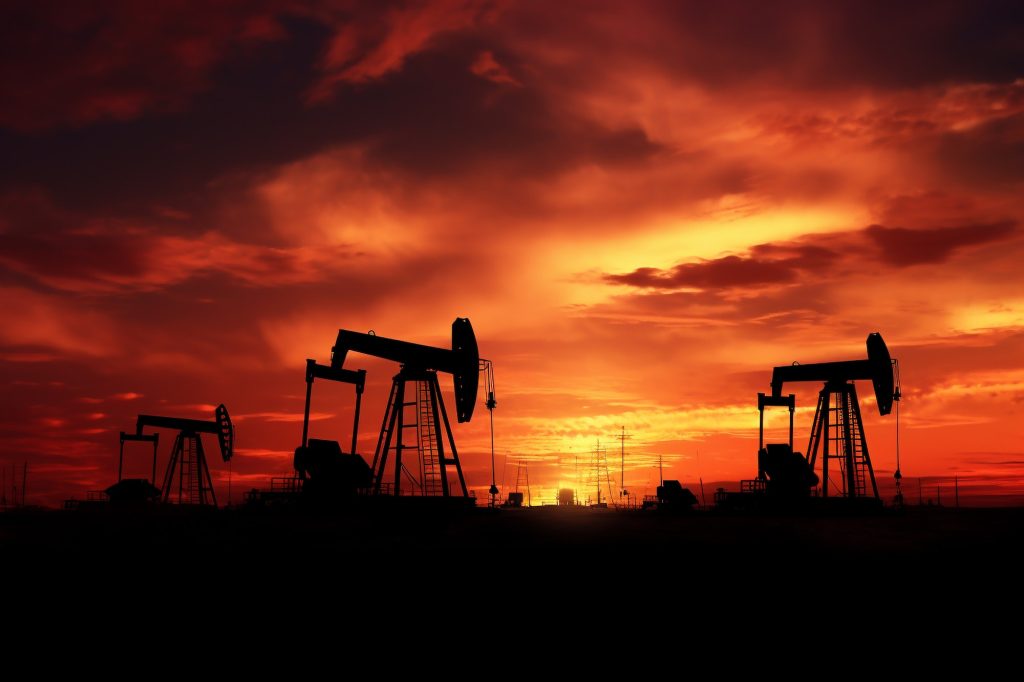Saudi Aramco, the oil giant, announced its earnings for the first quarter on Tuesday. It recorded a profit of $31.88 billion, a fall of almost 20 per cent against the figures of the first quarter of last year. This was due to the fallen global oil prices on fears of a recession.
In 2022, Aramco earned a profit of $30.73 billion in the last quarter. But the first quarter brought them a staggering $39.47 billion in profits.
UK Crude oil, or Brent, was trading near $76 per barrel. It was hovering near its high of $125 per barrel last year.
Amin H. Nasser, the Chief Executive Officer and President of Aramco, said on a call with the analysts that they provide top-notch reliability and maintain a lower cost of production financially. Aramco will keep recording healthy cash flow and report strong earnings despite the fluctuations in oil prices due to external factors.
Nasser added that officials at Aramco believe that the oil demand will increase in the future, and they have full faith that the world will demand oil and gas in the coming future to smoothly transition their energy requirements. They are worried that the current infrastructure lacks fresh investment as they will be ineffective in fulfilling the anticipated demand.
Saudi Aramco recorded history by generating a profit of $161 billion last year, reported in March. It became the first publicly listed company to achieve such exorbitant profit. This was immediately attacked by criticism and questions from climate change activists, and some blamed them for war profiteering. This was once in a blue moon time, for the revenues were directly proportional to the rise in oil prices, and as visible, the decline in prices led to a fall in revenue too.
Robin Mills, the Chief Executive Officer of Qamar Energy, a Dubai-based consulting company, said that Aramco functions as an absolutely simple machine which produces oil in a restricted manner to control prices and bear a very minimal cost. Profit came down eventually, proving that it was all oil driven.
These revenues were the result of skyrocketed oil prices due to Russia’s full-scale invasion of Ukraine in February last year. It was further fueled by the sanctions imposed upon Russia, restricting the sale of its oil and gas in the Western markets.
In recent times, oil prices have tanked and become more affordable due to the raising of interest rates by major central banks, following the Fed’s directive to bring down inflation.
Crude prices tanked despite efforts by OPEC+, a cartel of oil-producing nations including Russia, to sustain high levels by reducing oil production by up to 1.15 million barrels per day in April.
Such oil production cuts were in the favour of the United States. This called for warnings from Washington to Riyadh. Recently, Biden’s national security advisor visited Saudi Arabia to meet Saudi Crown Prince Mohammed bin Salman.
Nasser added later that they view the latest price weakening due to quantitative tightening of monetary policies by central banks of major developed countries. This was further aggravated by the domestic banking crisis in the US and its assumed ripple effect. They approach it as an overreaction of market participants that led to the massive sell-off resulting in an oversold crude.
Aramco has planned to invest up to $5 billion in capital projects to diversify its production. They are eyeing avenues in the United States and Australia to produce liquid natural gas.
Aramco announced on Tuesday that it would distribute performance-based dividends to its shareholders on top of the pre-existing issued dividends. It recorded another feat of paying $19.5 billion as a base dividend, which it paid in its fourth quarter. This was the highest by a publicly traded company in the world.
On Tuesday, Aramco’s stock soared more than 3 per cent, ending the trading session at $8.96. This gave it a valuation of $1.97 trillion, right behind Apple and Microsoft, the tech giants. The Saudi government holds 90 per cent of the company, comprising 8 per cent in the portfolio of the sovereign wealth funds.
